Fad or Trend? Rethinking the Sustainability of Connected Health
Abstract
1. Introduction
2. Literature Review
2.1. Current Status and Issues in Connected Health
2.2. Innovation Methods
3. Research Methodology
3.1. Research Method
3.2. Research Design
3.3. Data Collection
3.4. Data Analysis
3.5. Validity
4. Results
4.1. Role of Patients
‘Patients’ voices of remote areas are often being ignored, as they are small in population and many of them are poor in financial status.’(General physician)
‘Patients like the care from the same physician and the same institute, as healthcare is not a pure buying and selling business… It takes time to build up mutual trust.’(General physician)
‘Sometimes, they only come to talk with their physician, and they will feel better without taking any medicine.’(General physician)
‘Patients/end users are willing to receive free CH intervention, although they are not always willing to pay for the service.’(Sales manager)
‘They need to highlight our position and impacts in the healthcare ecosystem so that they will not be disregarded.’(General physician)
‘Why [can] customers only be consumers? Why they can’t be suppliers or even stakeholders?’(General manager)
4.2. Structure of Industry Chain
‘We offer free trial of three months for customers, but many of them return it to us within this period of time, as they would like to try but do not want to pay and we have no control over it.’(Sales manager)
‘Many products and services for remote health emerge in the market but patients do not feel like they need them. Consequently, it results [in] an imbalance of supply and demand, which makes it hard for many companies to survive…’(General manager)
‘Without [a] good relationship with academia, government, and industry, you will find it hard to survive in the connected health market.’(General manager)
‘Many patients in remote areas have low purchase capability, and they do not have loyalty to connected health’s products, so they do not have strong connection with providers.’(Sales manager)
‘We notice that some companies cannot offer user-friendly products, as they do not have sufficient feedback from customers…’(Head nurse)
‘We hope our patients can obtain full-time services. They can get help whenever they need it.’(Head nurse)
4.3. Payment
‘Some remote residents are elderly people living alone, and they are struggling in living; it is hard for them to pay for the remote services.’(Nurse)
‘Our hospital is mainly for offering health services. We have a foundation for our financial support to make it sustainable.’(Head nurse)
‘It’s a religious hospital; we have a foundation and board of presidents, and they usually fully support any innovation in our hospital.’(Head nurse)
4.4. Technology
‘… we already knew the basic cost would be much cheaper when the service is conduct[ed] here. However, it is terrible [that] we haven’t got enough integrated coordinators in CH business.’(General physician, director of a health centre)
‘I don’t understand why they want to make a simple thing more complicated.’(Nurse)
‘What I see is that technology is not about how efficient it is, but how it can serve to connect people from isolation…For me, technology is here to connect, not to deprive people of human contact.’(IT director)
5. Discussion
5.1. Rethinking the Role of Patients/Participants
5.2. Rethinking the Structure of Industry Chain
5.3. Rethinking the Payment Method
5.4. Rethinking Technology
5.5. Analysing, Integrating and Redefining the Business Model’s Elements
5.5.1. Integrating and Redefining Value Propositions and the Target Market Segment
5.5.2. Integrating and Redefining Competitive Strategy and Cost/Margin
5.5.3. Integrating and Redefining the Value Chain and Value Network
6. Recommendation: The Value-Centric Business Model Innovation System in Connected Health
6.1. Strategies and Processes
6.2. Relationships Between Value, Business Model Innovation and Technology
7. Conclusions
Author Contributions
Funding
Acknowledgments
Conflicts of Interest
References
- Caulfield, B.M.; Donnelly, S.C. What is connected health and why will it change your practice? QJM Int. J. Med. 2013, 106, 703–707. [Google Scholar] [CrossRef] [PubMed]
- Skouby, K.E.; Kivimäki, A.; Haukiputo, L.; Lynggaard, P.; Windekilde, I.M. Smart cities and the ageing population. In Proceedings of the 32nd Meeting of WWRF, Marrakech, Morocco, 20–22 May 2014. [Google Scholar]
- Lehoux, P.; Battista, R.N.; Lance, J.M. Telehealth: Passing fad or lasting benefits? Can. J. Public Health 2000, 91, 277–280. [Google Scholar] [CrossRef] [PubMed]
- Goesling, B.; Firebaugh, G. The trend in international health inequality. Popul. Dev. Rev. 2004, 30, 131–146. [Google Scholar] [CrossRef]
- Dwivedi, A.N.; Bali, R.K.; Naguib, R.N. Telemedicine: The next healthcare delivery medium: Fad or future? Int. J. Healthc. Technol. Manag. 2007, 8, 226–249. [Google Scholar] [CrossRef]
- Kim, T.H.; Lee, H.H. Is telemedicine a worldwide trend? Arch. Gynecol. Obstet. 2014, 289, 925–926. [Google Scholar] [CrossRef]
- Househ, M.; Borycki, E.M.; Kushniruk, A.W.; Alofaysan, S. mHealth: A passing fad or here to stay. In Telemedicine and E-Health Services, Policies, and Applications: Advancements and Developments; IGI Global: Hershey, PA, USA, 2012. [Google Scholar]
- Burritt, R.L.; Schaltegger, S. Sustainability accounting and reporting: Fad or trend? Account. Audit. Account. J. 2010, 23, 829–846. [Google Scholar] [CrossRef]
- Everard, M.; Longhurst, J.W. Reasserting the primacy of human needs to reclaim the ‘lost half’of sustainable development. Sci. Total Environ. 2018, 621, 1243–1254. [Google Scholar] [CrossRef]
- Schaltegger, S.; Hansen, E.G.; Lüdeke-Freund, F. Business models for sustainability: Origins, present research, and future avenues. Organ. Environ. 2016, 29, 3–10. [Google Scholar]
- Schaltegger, S.; Lüdeke-Freund, F.; Hansen, E.G. Business cases for sustainability: The role of business model innovation for corporate sustainability. Int. J. Innov. Sustain. Dev. 2012, 6, 95–119. [Google Scholar] [CrossRef]
- Håkansson, S.; Gavelin, C. What do we really know about the cost-effectiveness of telemedicine? J. Telemed. Telecare 2000, 6, 133–136. [Google Scholar] [CrossRef]
- Mueller, K.J.; Potter, A.J.; MacKinney, A.C.; Ward, M.M. Lessons from tele-emergency: Improving care quality and health outcomes by expanding support for rural care systems. Health Aff. 2014, 33, 228–234. [Google Scholar] [CrossRef] [PubMed]
- Das, A.K.; Goswami, A. A secure and efficient uniqueness-and-anonymity-preserving remote user authentication scheme for connected health care. J. Med. Syst. 2013, 37, 9948. [Google Scholar] [CrossRef] [PubMed]
- Lega, F.; Prenestini, A.; Spurgeon, P. Is management essential to improving the performance and sustainability of health care systems and organizations? A systematic review and a roadmap for future studies. Value Health 2013, 16, S46–S51. [Google Scholar] [CrossRef] [PubMed]
- Lord, B.W.; Velez, R. Converge: Transforming business at the intersection of marketing and technology; John Wiley & Sons: Hoboken, NJ, USA, 2016. [Google Scholar]
- McCarthy, J.F.; Blow, F.C.; Valenstein, M.; Fischer, E.P.; Owen, R.R.; Barry, K.L.; Hudson, T.J.; Ignacio, R.V. Veterans Affairs Health System and mental health treatment retention among patients with serious mental illness: Evaluating accessibility and availability barriers. Health Serv. Res. 2007, 42, 1042–1060. [Google Scholar] [CrossRef]
- Turcu, C.E.; Turcu, C.O. Internet of things as key enabler for sustainable healthcare delivery. Procedia Soc. Behav. Sci. 2013, 73, 251–256. [Google Scholar] [CrossRef]
- Kanuganti, S.; Sarkar, A.K.; Singh, A.P.; Arkatkar, S.S. Quantification of accessibility to health facilities in rural areas. Case Stud. Transp. Policy 2015, 3, 311–320. [Google Scholar] [CrossRef]
- Myers, K.; Comer, J.S. The case for telemental health for improving the accessibility and quality of children’s mental health services. J. Child Adolesc. Psychopharmacol. 2016, 26, 186–191. [Google Scholar] [CrossRef]
- Ouhbi, S.; Fernández-Alemán, J.L.; Toval, A.; Rivera Pozo, J.; Idri, A. Sustainability requirements for connected health applications. J. Softw. Evol. Proc. 2018, 30, e1922. [Google Scholar] [CrossRef]
- Kvedar, J.; Coye, M.J.; Everett, W. Connected health: A review of technologies and strategies to improve patient care with telemedicine and telehealth. Health Aff. 2014, 33, 194–199. [Google Scholar] [CrossRef]
- Weeks, W.B.; Kazis, L.E.; Shen, Y.; Cong, Z.; Ren, X.S.; Miller, D.; Lee, A.; Perlin, J.B. Differences in health-related quality of life in rural and urban veterans. Am. J. Public Health 2004, 94, 1762–1767. [Google Scholar] [CrossRef]
- Cook, P. Infrastructure, rural electrification and development. Energy Sustain. Dev. 2011, 15, 304–313. [Google Scholar] [CrossRef]
- Singh, R.; Mathiassen, L.; Stachura, M.E.; Astapova, E.V. Sustainable rural telehealth innovation: A public health case study. Health Serv. Res. 2010, 45, 985–1004. [Google Scholar] [CrossRef] [PubMed]
- Casey, M.; Hayes, P.S.; Heaney, D.; Dowie, L.; ÓLaighin, G.; Matero, M.; Hun, S.; Knarvik, U.; Alrutz, K.; Eadie, L.; et al. Implementing transnational telemedicine solutions: A connected health project in rural and remote areas of six Northern Periphery countries. Eur. J. Gen. Pract. 2013, 19, 52–58. [Google Scholar] [CrossRef] [PubMed][Green Version]
- Bansal, P.; DesJardine, M.R. Business sustainability: It is about time. Strateg. Organ. 2014, 12, 70–78. [Google Scholar] [CrossRef]
- Apker, J.; Propp, K.M.; Ford, W.S.; Hofmeister, N. Collaboration, credibility, compassion, and coordination: professional nurse communication skill sets in health care team interactions. J. Prof. Nurs. 2006, 22, 180–189. [Google Scholar] [CrossRef] [PubMed]
- Evans, J.; Pettus, D.; Higgins, R. Method and System for Communication and Collaboration between a Patient and Healthcare Professional. U.S. Patent No. 8,010,717, 30 August 2011. [Google Scholar]
- Bremmers, H.J.; Van der Meulen, B.M.; Purnhagen, K. Multi-stakeholder responses to the European Union health claims requirements. J. Chain Netw. Sci. 2013, 13, 161–172. [Google Scholar] [CrossRef]
- Lavery, J.V. Building an evidence base for stakeholder engagement. Science 2018, 361, 554–556. [Google Scholar] [CrossRef]
- Gawanmeh, A. Open issues in reliability, safety, and efficiency of connected health. In Proceedings of the IEEE First International Conference on Connected Health: Applications, Systems and Engineering Technologies (CHASE), Washington, DC, USA, 27–29 June 2016; pp. 1–6. [Google Scholar]
- Jia, L.; Tan, Y.; Han, F.; Zhou, Y.; Zhang, C.; Zhang, Y. Factors affecting chinese young adults’ acceptance of connected health. Sustainability 2019, 11, 2376. [Google Scholar] [CrossRef]
- Agboola, S.O.; Bates, D.W.; Kvedar, J.C. Digital health and patient safety. JAMA 2016, 315, 1697–1698. [Google Scholar] [CrossRef]
- Chen, S.C.; Liu, C. Factors Influencing the Application of Connected Health in Remote Areas, Taiwan: A Qualitative Pilot Study. Int. J. Environ. Res. Public Health 2020, 17, 1282. [Google Scholar] [CrossRef]
- Sadler, A.G.; Booth, B.M.; Mengeling, M.A.; Doebbeling, B.N. Life span and repeated violence against women during military service: Effects on health status and outpatient utilization. J. Womens Health 2004, 13, 799–811. [Google Scholar] [CrossRef] [PubMed]
- Madeo, F.; Eisenberg, T.; Pietrocola, F.; Kroemer, G. Spermidine in health and disease. Science 2018, 359, eaan2788. [Google Scholar] [CrossRef] [PubMed]
- Collins, B. Big data and health economics: Strengths, weaknesses, opportunities and threats. Pharmacoeconomics 2016, 34, 101–106. [Google Scholar] [CrossRef] [PubMed]
- Turner, C.F.; Rogers, S.M.; Hendershot, T.P.; Miller, H.G.; Thornberry, J.P. Improving representation of linguistic minorities in health surveys. Public Health Rep. 1996, 111, 276. [Google Scholar] [PubMed]
- Lindley, K.J.; Glaser, D.; Milla, P.J. Consumerism in healthcare can be detrimental to child health: Lessons from children with functional abdominal pain. Arch. Dis. Child. 2005, 90, 335–337. [Google Scholar] [CrossRef] [PubMed]
- Cohen, S.B.; Grote, K.D.; Pietraszek, W.E.; Laflamme, F. Increasing consumerism in healthcare through intelligent information technology. Am. J. Manag. Care 2010, 16, SP37–SP43. [Google Scholar]
- Fischer, S. Patient choice and consumerism in healthcare: Only a mirage of wishful thinking. In Challenges and opportunities in health care management; Springer: Cham, Switzerland, 2015; pp. 173–184. [Google Scholar]
- Umberson, D.; Karas Montez, J. Social relationships and health: A flashpoint for health policy. J. Health Soc. Behav. 2010, 51, S54–S66. [Google Scholar] [CrossRef]
- Chouvarda, I.G.; Goulis, D.G.; Lambrinoudaki, I.; Maglaveras, N. Connected health and integrated care: Toward new models for chronic disease management. Maturitas 2015, 82, 22–27. [Google Scholar] [CrossRef]
- Karamitsios, K.; Orphanoudakis, T. Efficient IoT data aggregation for connected health applications. In Proceedings of the 2017 IEEE Symposium on Computers and Communications (ISCC), Heraklion, Greece, 3 July 2017; IEEE: Piscataway, NJ, USA, 2017; pp. 1182–1185. [Google Scholar]
- Fagerberg, J. Innovation, technology and the global knowledge economy: Challenges for future growth. In Proceedings of the Green Roads to Growth Project and Conference, Copenhagen, Denmark, 1 March 2006. [Google Scholar]
- Christensen, C.M.; Grossman, J.H.; Hwang, J. The role of disruptive technology and business model innovation in making products and services affordable and accessible. The Innovator’s Prescription: A Disruptive Solution for Healthcare; McGraw-Hill: New York, NY, USA, 2009; pp. 1–36. [Google Scholar]
- Chesbrough, H. Business model innovation: Opportunities and barriers. Long Range Plann. 2010, 43, 354–363. [Google Scholar] [CrossRef]
- Tidd, J.; Bessant, J. Strategic Innovation Management; John Wiley & Sons: Hoboken, NJ, USA, 2014. [Google Scholar]
- Omachonu, V.K.; Einspruch, N.G. Innovation in healthcare delivery systems: A conceptual framework. Public Sector Innov. J. 2010, 15, 1–20. [Google Scholar]
- Nixon, J.; Ulmann, P. The relationship between health care expenditure and health outcomes. Eur. J. Health Econ. 2006, 7, 7–18. [Google Scholar] [CrossRef] [PubMed]
- Cuckler, G.A.; Sisko, A.M.; Poisal, J.A.; Keehan, S.P.; Smith, S.D.; Madison, A.J.; Wolfe, C.J.; Hardesty, J.C. National health expenditure projections, 2017–2026: Despite uncertainty, fundamentals primarily drive spending growth. Health Aff. 2018, 37, 482–492. [Google Scholar] [CrossRef] [PubMed]
- Herzlinger, R.E. Why innovation in health care is so hard Harvard business review. Harv. Bus. Rev. 2006, 84, 58. [Google Scholar] [PubMed]
- Christensen, C.M.; Grossman, J.H.; Hwang, J. The innovator’s Prescription: A Disruptive Solution for Health Care; Wiley-Blackwell: New York, NY, USA, 2009. [Google Scholar]
- Gupte, G.; Vimalananda, V.; Simon, S.R.; DeVito, K.; Clark, J.; Orlander, J.D. Disruptive innovation: Implementation of electronic consultations in a Veterans Affairs health care system. JMIR Med. Inform. 2016, 4, e6. [Google Scholar] [CrossRef] [PubMed]
- Galea, S. Will disruptive innovation in health care improve the health of populations? Milbank Q. 2018, 96, 619–622. [Google Scholar] [CrossRef] [PubMed]
- Christensen, C.; Waldeck, A.; Fogg, R. How disruptive innovation can finally revolutionize healthcare. Ind. Horiz. 2017, 2017, 1–28. [Google Scholar]
- De Bes, F.T.; Kotler, P. Winning at Innovation: The A-to-F Model; Palgrave Macmillan: London, UK, 2011. [Google Scholar]
- Zott, C.; Amit, R. Business model innovation: How to create value in a digital world. MIR 2017, 9, 18–23. [Google Scholar] [CrossRef]
- Glesne, C. Becoming Qualitative Researchers: An Introduction; Pearson, One Lake Street: Upper Saddle River, NJ, USA, 2016; p. 07458. [Google Scholar]
- Zainal, Z. Case study as a research method. J. Kemanus. 2007, 5, 1–6. [Google Scholar]
- Yin, R.K. Qualitative research from start to finish; Guilford Publications: New York, NY, USA, 2015. [Google Scholar]
- Maruping, L.M.; Venkatesh, V.; Agarwal, R. A control theory perspective on agile methodology use and changing user requirements. Inf. Syst. Res. 2009, 20, 377–399. [Google Scholar] [CrossRef]
- Livermore, J.A. Factors that significantly impact the implementation of an agile software development methodology. JSW 2008, 3, 31–36. [Google Scholar] [CrossRef]
- Frist, W.H. Connected health and the rise of the patient-consumer. Health Affairs 2014, 191–193. [Google Scholar] [CrossRef] [PubMed]
- O’leary, P.; Carroll, N.; Clarke, P.; Richardson, I. Untangling the complexity of connected health evaluations. In Proceedings of the 2015 International Conference on Healthcare Informatics, Dallas, TX, USA, 21 October 2015; IEEE: Piscataway, NJ, USA, 2015; pp. 272–281. [Google Scholar]
- Carroll, N.; Richardson, I. Mapping a careflow network to assess the connectedness of connected health. Health Inform. J. 2019, 25, 106–125. [Google Scholar] [CrossRef] [PubMed]
- Argent, R.; Daly, A.; Caulfield, B. Patient involvement with home-based exercise programs: can connected health interventions influence adherence? JMIR mHealth uHealth 2018, 6, e47. [Google Scholar] [CrossRef] [PubMed]
- Kvedar, J.C.; Hwang, J.; Moorhead, T.; Orlov, L.M.; Ubel, P.A. Up from crisis: Overhauling healthcare information, payment, and delivery in extraordinary times. Dialogue with featured speakers from the 6th annual connected health symposium. Telemed. E Health 2009, 15, 634–641. [Google Scholar] [CrossRef] [PubMed]
- Seo, M.; Kim, J.H.; David, P. Always connected or always distracted? ADHD symptoms and social assurance explain problematic use of mobile phone and multicommunicating. J. Comput. Mediat. Commun. 2015, 20, 667–681. [Google Scholar] [CrossRef]
- Van Velthoven, M.H.; Powell, J.; Powell, G. Problematic smartphone use: Digital approaches to an emerging public health problem. Dig Heal 2018, 4, 1–9. [Google Scholar] [CrossRef]
- Vezyridis, P.; Timmons, S. On the adoption of personal health records: some problematic issues for patient empowerment. Ethics Inf. Technol. 2015, 17, 113–124. [Google Scholar] [CrossRef]
- Sharma, N.S. Patient centric approach for clinical trials: Current trend and new opportunities. Perspect. Clin. Res. 2015, 6, 134. [Google Scholar] [CrossRef]
- Johnston, A.C.; Worrell, J.L.; Di Gangi, P.M.; Wasko, M. Online health communities: An assessment of the influence of participation on patient empowerment outcomes. Inf. Technol. People 2013, 26, 213–235. [Google Scholar] [CrossRef]
- Dandage, S.; Huber, J.; Janki, A.; Niemann, U.; Pryss, R.; Reichert, M.; Harrison, S.; Vessala, M.; Schlee, W.; Probst, T.; et al. Patient empowerment through summarization of discussion threads on treatments in a patient self-help forum. In Precision Medicine Powered by pHealth and Connected Health; Springer: Singapore, Singapore, 2018; pp. 229–233. [Google Scholar]
- Anderson, R.M.; Funnell, M.M. Patient empowerment: myths and misconceptions. Patient Educ. Couns. 2010, 79, 277–282. [Google Scholar] [CrossRef] [PubMed]
- Asimakopoulou, K.; Newton, P.; Sinclair, A.J.; Scambler, S. Health care professionals’ understanding and day-to-day practice of patient empowerment in diabetes: Time to pause for thought? Diabetes Res. Clin. Pract. 2012, 95, 224–229. [Google Scholar] [CrossRef] [PubMed]
- Chen, J.; Mullins, C.D.; Novak, P.; Thomas, S.B. Personalized strategies to activate and empower patients in health care and reduce health disparities. Health Educ. Behav. 2016, 43, 25–34. [Google Scholar] [CrossRef] [PubMed]
- Fumagalli, L.P.; Radaelli, G.; Lettieri, E.; Masella, C. Patient empowerment and its neighbours: Clarifying the boundaries and their mutual relationships. Health Policy 2015, 119, 384–394. [Google Scholar] [CrossRef]
- Keown, O.P.; Parston, G.; Patel, H.; Rennie, F.; Saoud, F.; Al Kuwari, H.; Darzi, A. Lessons from eight countries on diffusing innovation in health care. Health Aff. 2014, 33, 1516–1522. [Google Scholar] [CrossRef]
- Chen, S.C.; Kharabsheh, R.A. The Link between innovation and prosperity: how to manage knowledge for the individual’s and society’s benefit from big data governance? In Big Data Governance and Perspectives in Knowledge Managemen; IGI Global: Hershey, PA, USA, 2019; pp. 200–217. [Google Scholar]
- Taylor, T. The Instant Economist: Everything You Need to Know About How the Economy Works; Penguin: New York, NY, USA, 2012. [Google Scholar]
- Cho, S.; Mathiassen, L.; Gallivan, M. Crossing the diffusion chasm: From invention to penetration of a telehealth innovation. Inf. Technol. People 2009, 22, 351–366. [Google Scholar] [CrossRef]
- Oftedal, E.M.; Foss, L.; Iakovleva, T. Responsible for responsibility? A study of digital e-health startups. Sustainability 2019, 11, 5433. [Google Scholar] [CrossRef]
- Hall, A.; Walton, G. Information overload within the health care system: A literature review. Health Info. Libr. J. 2004, 21, 102–108. [Google Scholar] [CrossRef]
- Carroll, N.; Richardson, I. Aligning healthcare innovation and software requirements through design thinking. In Proceedings of the 2016 IEEE/ACM International Workshop on Software Engineering in Healthcare Systems (SEHS), Austin, TX, USA, 14–15 May 2016; IEEE: Piscataway, NJ, USA, 2016; pp. 1–7. [Google Scholar]
- Carroll, N. Key success factors for smart and connected health software solutions. Computer 2016, 49, 22–28. [Google Scholar] [CrossRef]
- O’Dwyer, M.; Gilmore, A. Value and alliance capability and the formation of strategic alliances in SMEs: The impact of customer orientation and resource optimisation. J. Bus. Res. 2018, 87, 58–68. [Google Scholar] [CrossRef]
- Nicolini, D. Medical innovation as a process of translation: a case from the field of telemedicine. Br. J. Manag. 2010, 21, 1011–1026. [Google Scholar] [CrossRef]
- Rifkin, J. The Zero Marginal Cost Society: The Internet of Things, the Collaborative Commons, and the Eclipse of Capitalism; St. Martin’s Press: New York, NY, USA, 2014. [Google Scholar]
- Chesbrough, H.; Crowther, A.K. Beyond high tech: Early adopters of open innovation in other industries. R D Manag. 2006, 36, 229–236. [Google Scholar] [CrossRef]
- Murata, Y. Mathematics for Stability and Optimization of Economic Systems; Academic Press: Cambridge, MA, USA, 2014. [Google Scholar]
- Chua, S.; Duffy, A. Friend, foe or frenemy? Traditional journalism actors’ changing attitudes towards peripheral players and their innovations. Media Commun. 2019, 7, 112–122. [Google Scholar] [CrossRef]
- Harting, T.R.; Harmeling, S.S.; Venkataraman, S. Innovative stakeholder relations: When ‘ethics pays’ (and when it doesn’t). Bus. Ethics Q. 2006, 16, 43–68. [Google Scholar] [CrossRef][Green Version]
- Kellermann, A.L.; Jones, S.S. What it will take to achieve the as-yet-unfulfilled promises of health information technology. Health Aff. 2013, 32, 63–68. [Google Scholar] [CrossRef]
- O’Leary, P.; Carroll, N.; Richardson, I. The practitioner’s perspective on clinical pathway support systems. In Proceedings of the 2014 IEEE International Conference on Healthcare Informatics, Verona, Italy, 15–17 September 2014; IEEE: Piscataway, NJ, USA, 2014; pp. 194–201. [Google Scholar]
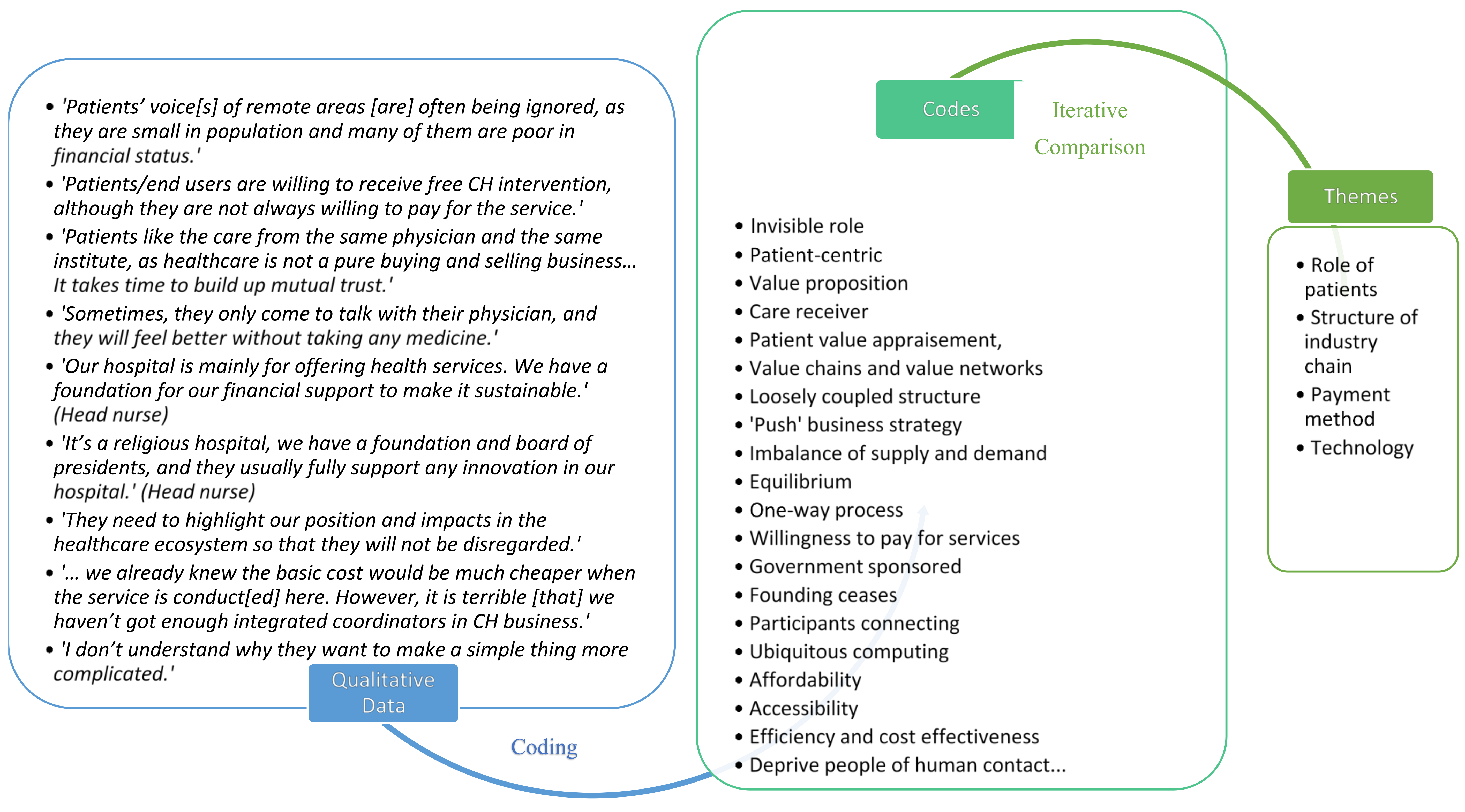
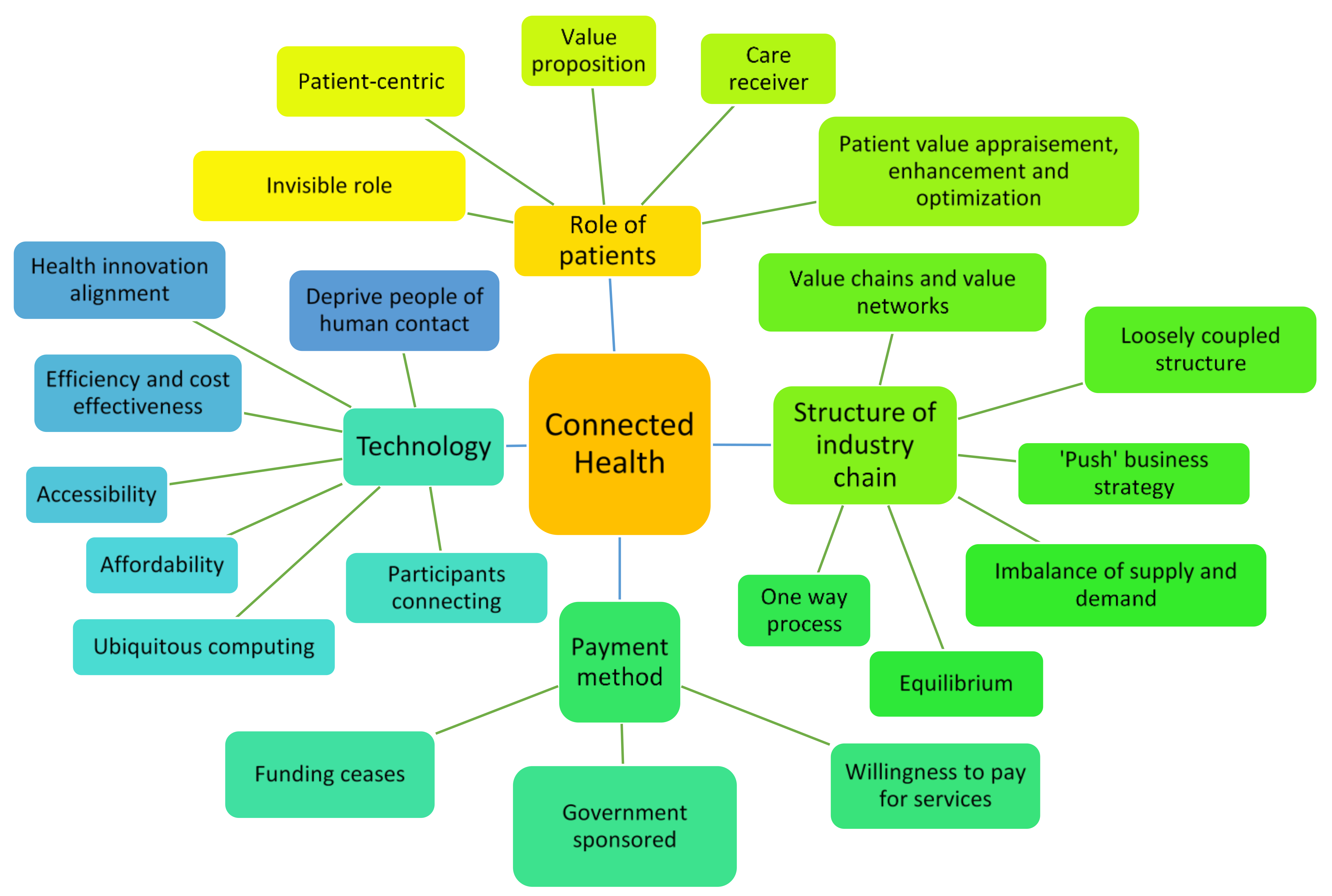
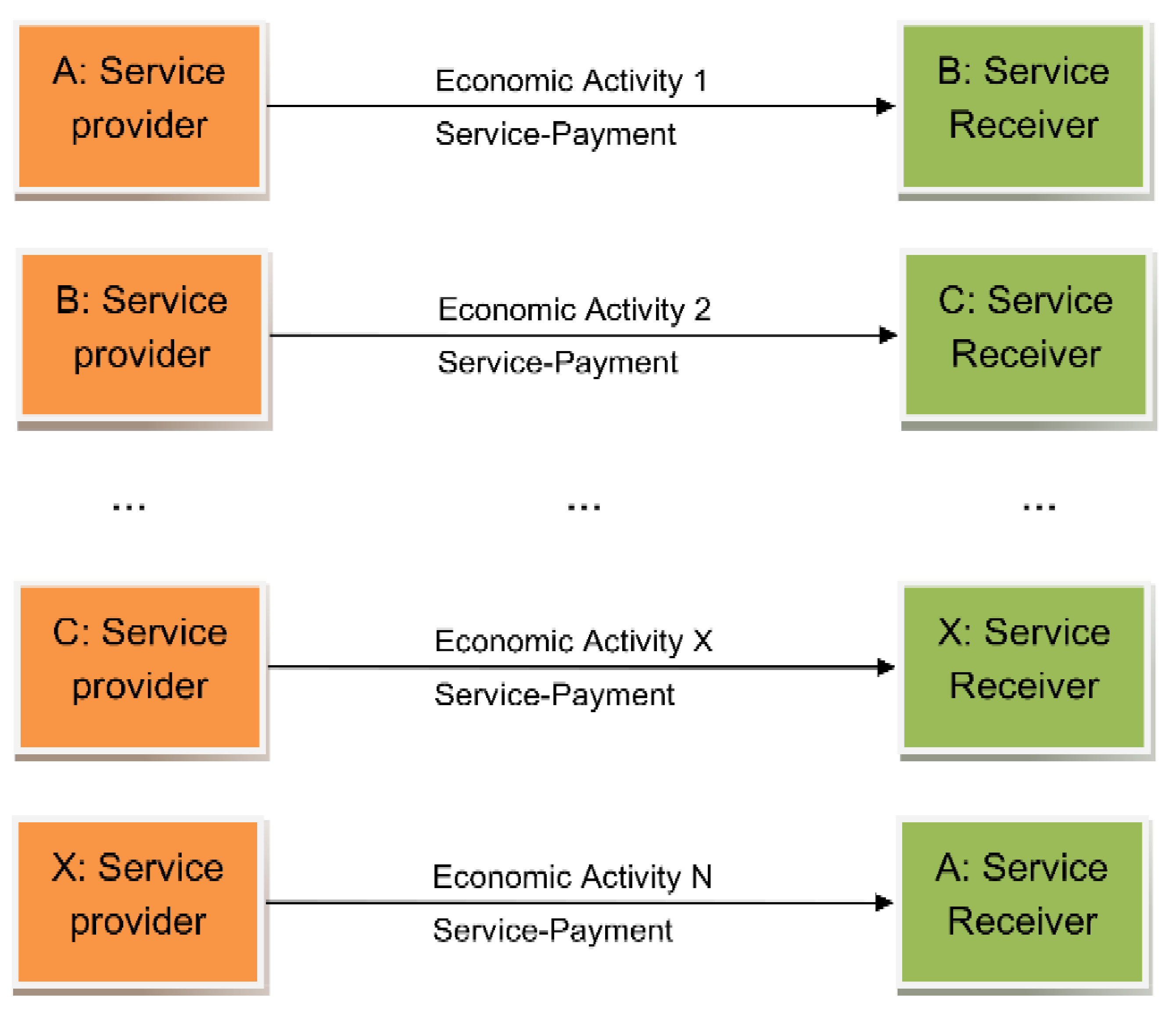

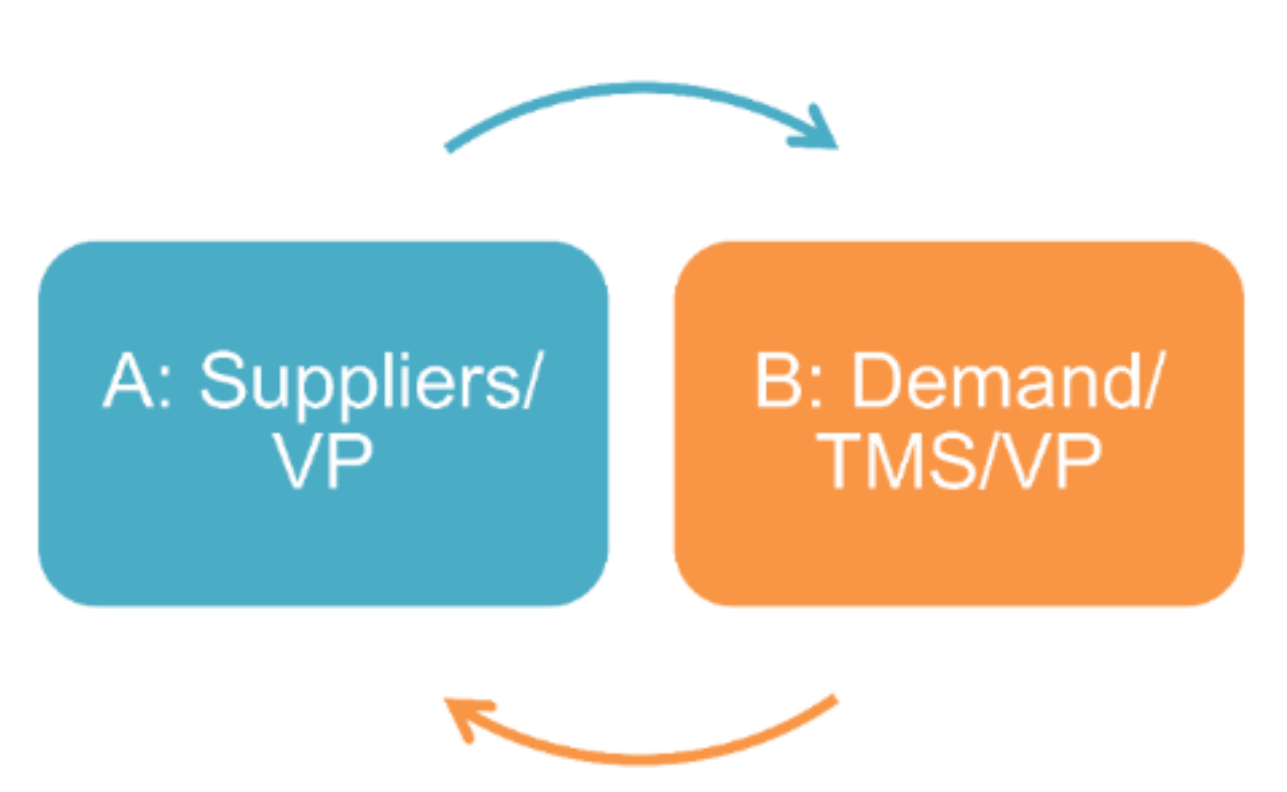
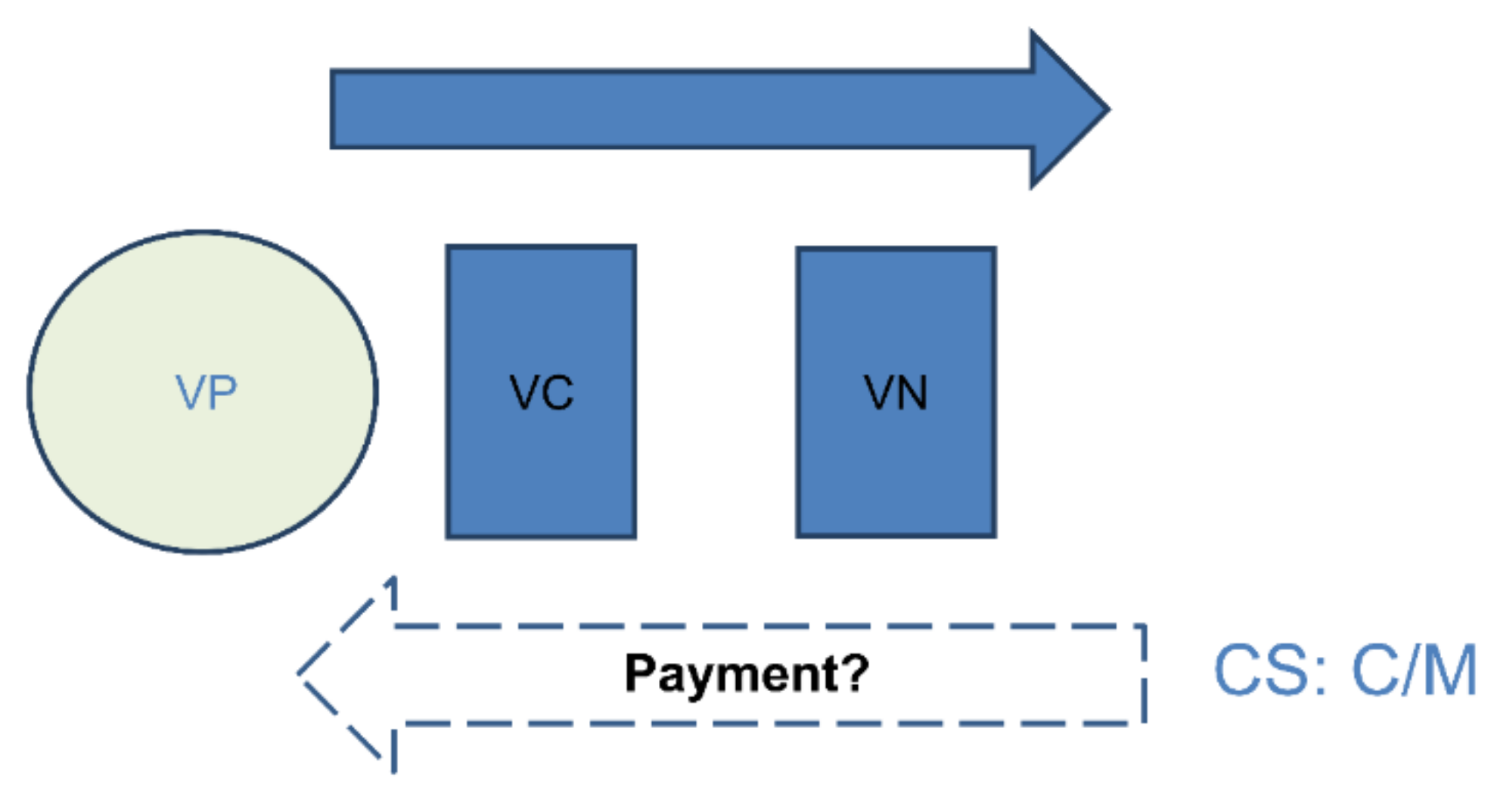
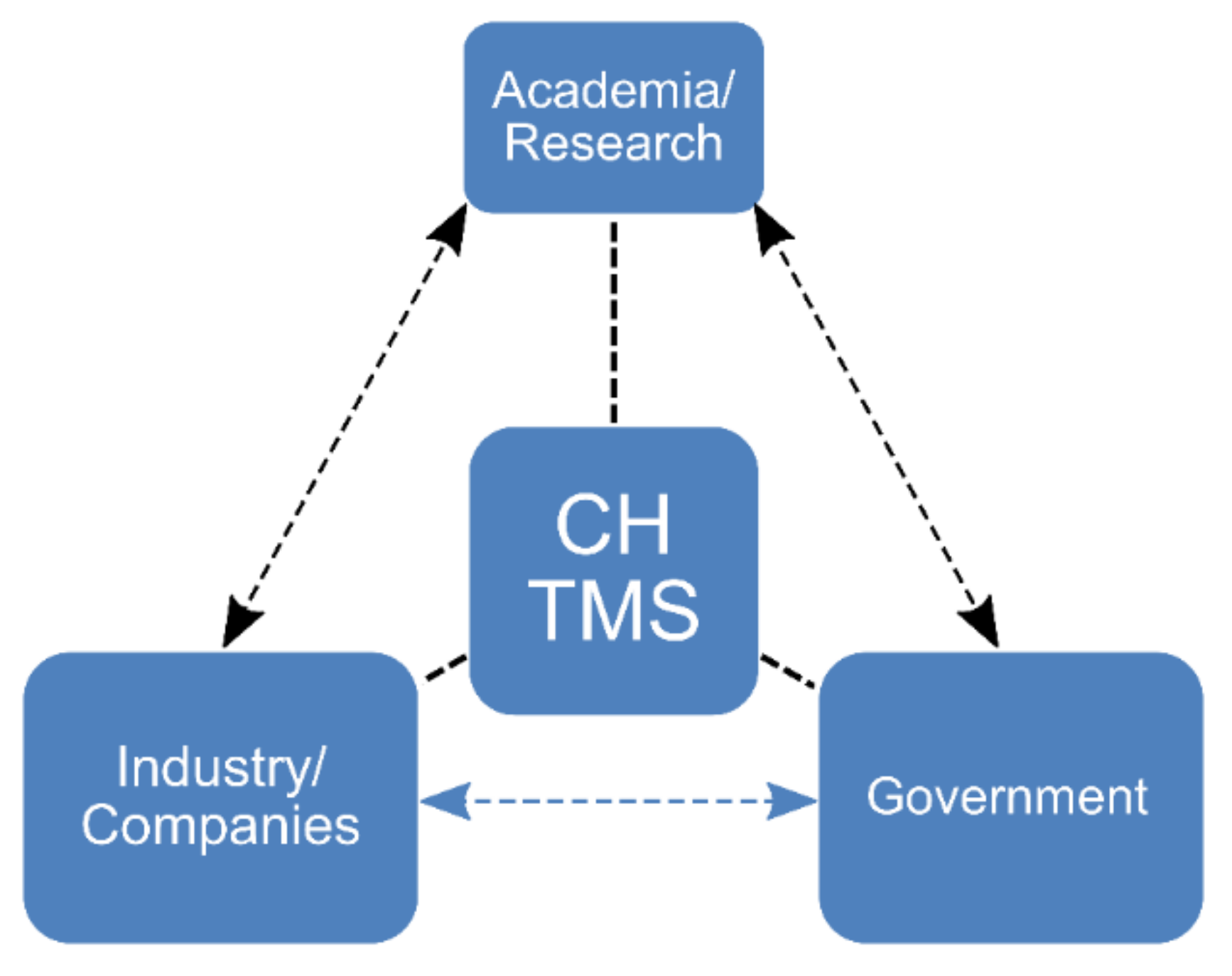


| CH BM Component | Limitations | Solutions |
|---|---|---|
| Patients’ role | Invisible role Care receiver Resources consumer | Patient-centric Value creator Value contributor |
| Structure of industry chain | Loosely-coupled structure ‘Push’ business strategy Imbalance of supply and demand One-way process | Tightly-coupled structure ‘Push and pull’ strategy Equilibrium Two-way cycle |
| Payment method | Unwilling to pay for services Government sponsored Funding ceases | Willing to exchange for services BM innovation Value-exchange |
| Technology | Ubiquitous computing Low technology adaptivity Health innovation alignment Deprive people of human contact | Anytime-anywhere accessibility Efficiency and cost-effectiveness Affordability |
© 2020 by the authors. Licensee MDPI, Basel, Switzerland. This article is an open access article distributed under the terms and conditions of the Creative Commons Attribution (CC BY) license (http://creativecommons.org/licenses/by/4.0/).
Share and Cite
Chen, S.C.-I.; Liu, C.; Hu, R. Fad or Trend? Rethinking the Sustainability of Connected Health. Sustainability 2020, 12, 1775. https://doi.org/10.3390/su12051775
Chen SC-I, Liu C, Hu R. Fad or Trend? Rethinking the Sustainability of Connected Health. Sustainability. 2020; 12(5):1775. https://doi.org/10.3390/su12051775
Chicago/Turabian StyleChen, Sonia Chien-I, Chenglian Liu, and Ridong Hu. 2020. "Fad or Trend? Rethinking the Sustainability of Connected Health" Sustainability 12, no. 5: 1775. https://doi.org/10.3390/su12051775
APA StyleChen, S. C.-I., Liu, C., & Hu, R. (2020). Fad or Trend? Rethinking the Sustainability of Connected Health. Sustainability, 12(5), 1775. https://doi.org/10.3390/su12051775






